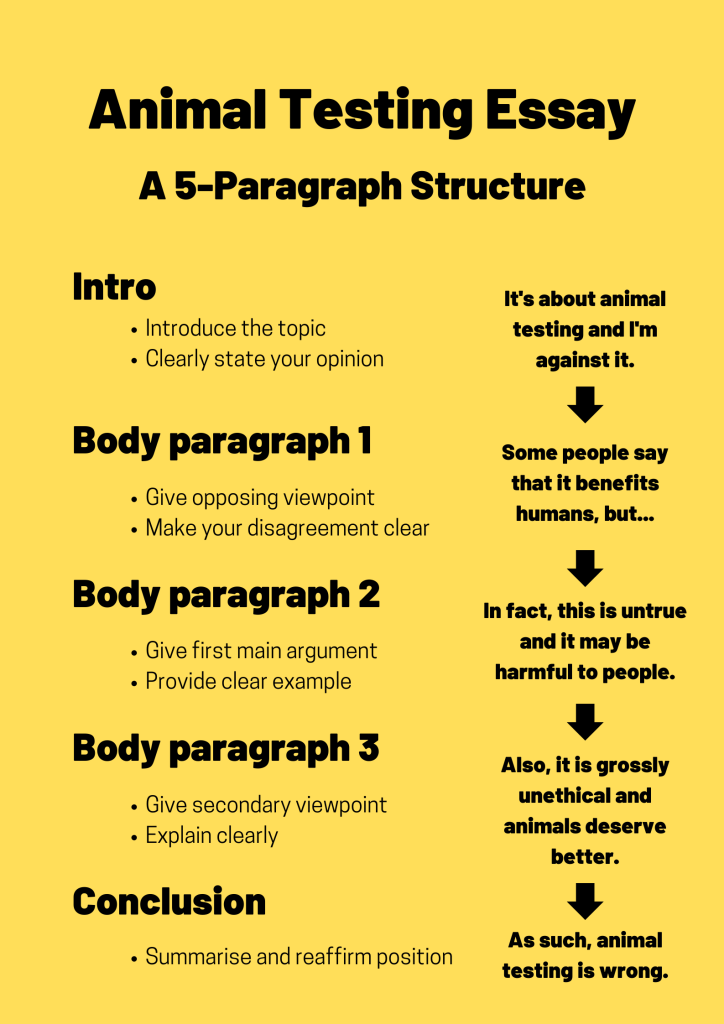Crafting a powerful essay introduction on animal testing requires a nuanced approach that captures the gravity of the subject while engaging the reader’s intellect and emotions. The introduction serves as the gateway to the essay, establishing the tone and laying the groundwork for the discussion that follows. An effective introduction often begins with a common observation—one that resonates with a broad audience—while simultaneously hinting at the deeper, more intricate reasons behind society’s fascination with animal testing.
To begin, it is essential to highlight the prevalent view in society regarding animal testing. Many people are familiar with the images and stories that depict laboratory animals undergoing painful experiments in the name of science. For instance, rabbits with their eyes clamped open, subjected to harsh chemicals to gauge the safety of cosmetics. This poignant visual instills a visceral reaction and demands attention, thus effectively drawing readers in. However, to merely restate this observation would be to disregard the complex ethical, scientific, and emotional layers that define the issue.
Following this opening observation, the introduction should present a statement that encompasses the multifaceted dimensions of animal testing, hinting at deeper societal implications. For instance, one might assert that animal testing, while a cornerstone of biomedical research, reveals a paradox that immerses us in ethical dilemmas surrounding our treatment of sentient beings. This notion captures intrigue, prompting readers to ponder the moral responsibilities tethered to the advancement of human knowledge and health.
Moreover, framing the introduction within the context of scientific advancement can deepen the discussion. An example could be the historical reliance on animal models for drug testing, which shapes modern medical landscapes, juxtaposed with the increasing public outcry against animal cruelty. Such a dichotomy sets the stage for an analytical exploration of the justifications provided by proponents of animal testing and the vehement opposition from animal rights advocates. By establishing this tension early on, the introduction compels readers to engage with the contrasting viewpoints that will be dissected in the essay.
Another pivotal element to incorporate is the potential for scientific progress through alternative methods. While animal testing has undoubtedly contributed to significant medical breakthroughs, the emerging technologies—such as in vitro testing, computer modeling, and human organ-on-a-chip systems—signal a paradigm shift. This observation encourages readers to consider whether allegiance to traditional methodologies is an impediment to ethical progress and innovation. By posing this question, the introduction paves the way for a discussion regarding the responsibility of the scientific community to evolve alongside societal values.
Importantly, it is imperative to weave in the emotional fabric that accompanies discussions of animal testing. Many individuals are not only concerned with the ethical implications; they are also moved by the inherent dignity and suffering of animals. This emotional appeal can be subtly introduced through references to public sentiment, encapsulating a collective desire to protect vulnerable beings. For instance, one might mention the growing number of individuals who are opting for cruelty-free products, reflecting a shift in consumer consciousness towards ethical consumption. This brings to light the broader narrative of how activism shapes industry standards and influences scientific practices.
Furthermore, it is beneficial to acknowledge the regulatory frameworks that govern animal testing. Mentioning organizations such as the U.S. Food and Drug Administration (FDA) and their guidelines provides context for how animal testing remains embedded in our legal systems. This layer of complexity underscores not only the legitimization of animal experimentation but also the need for re-evaluation of such regulations in light of modern ethical considerations. The inclusion of regulations in the introduction invites readers to contemplate the legal implications of their personal beliefs regarding animal testing.
To achieve a captivating introduction, it is essential to conclude with a robust thesis statement that encapsulates the central argument. This statement should reflect an analytical stance, perhaps proposing that the ethical ramifications of animal testing necessitate a critical examination of both scientific necessity and moral imperatives. For example, one could articulate, “While animal testing has historically facilitated substantial medical achievements, evolving ethical standards and technological advancements compel a reevaluation of its role in contemporary research.” Such a declaration not only outlines the essay’s trajectory but also establishes a compelling framework for the ensuing arguments.
In summary, a powerful introduction to an essay on animal testing transcends mere observations, delving into the intricate interplay between ethics, science, and society. By constructing a narrative that acknowledges common perceptions, highlights societal dilemmas, and poses poignant questions, the introduction effectively engages readers’ interest. A nuanced approach that intertwines emotional resonance with analytical rigor will ultimately lay a strong foundation for discussing the complexities of animal testing, setting the stage for an insightful exploration of its multifarious implications.









